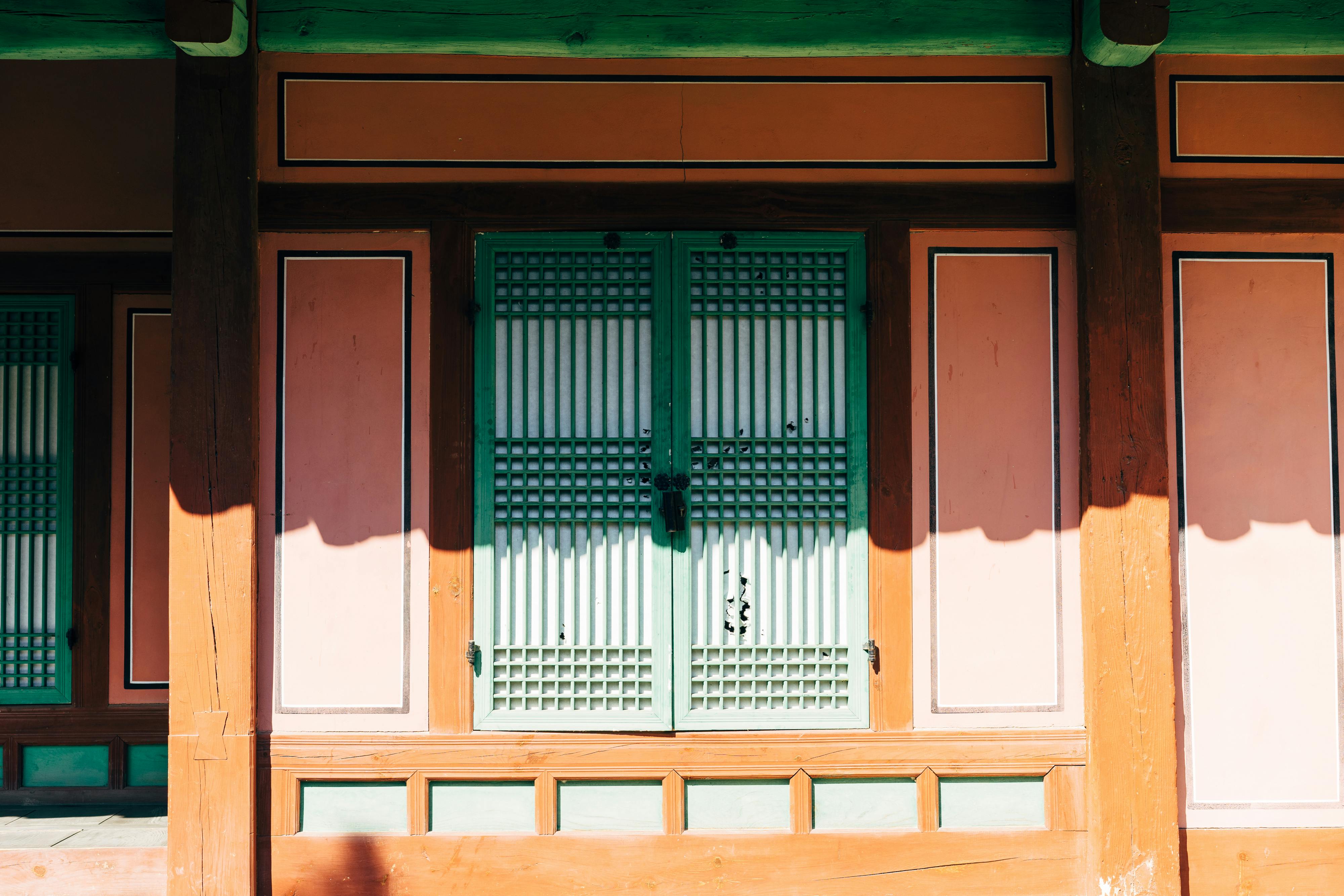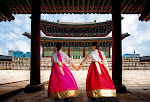Experience the rich traditions of Korean Chu Seok as families unite to honor the harvest, sharing gratitude and cherished moments that highlight the cultural significance of this beloved festival.
Overview
- Understanding the significance of Korean Chu Seok.
- Exploring traditional customs and practices.
- Insights from my personal celebrations.
- Practical tips for preparing for Chu Seok.
- Common misconceptions about the holiday.
What is Korean Chu Seok?
Korean Chu Seok, also known as the Korean Harvest Festival, is a time for families to gather and give thanks for the bountiful harvest. This holiday is celebrated on the 15th day of the 8th month of the lunar calendar, and its significance runs deep in Korean culture. I remember my first Chu Seok vividly; the air was filled with the aroma of freshly prepared traditional dishes, and the excitement of family reunions was palpable.
- Originating as a harvest festival, it emphasizes gratitude.
- Traditionally includes ancestral rites called Charye.
- Celebrated with special foods like songpyeon (rice cakes).
- Family gatherings are central to the celebration.
- Involves various regional customs and practices.
Traditional Chu Seok Foods
No celebration of Korean Chu Seok is complete without its traditional foods, which are as diverse as the families that prepare them. One of my favorite memories is making songpyeon with my grandmother, who taught me how to shape the rice cakes while sharing stories of her own childhood celebrations. Each bite of these chewy treats, filled with sesame or sweet red bean paste, felt like a connection to my heritage.
- Songpyeon: Half-moon shaped rice cakes filled with sweet fillings.
- Jeon: Savory pancakes made with vegetables or seafood.
- Galbijjim: Braised short ribs, rich in flavor.
- Various seasonal fruits, showcasing the harvest.
- Traditional liquor, such as makgeolli, is often served.
Celebrating Chu Seok: Personal Insights
Every year, my family gathers at my parents' house, and the atmosphere is always filled with warmth and laughter. The sound of my relatives engaging in playful banter as they prepare the feast reminds me of the importance of family bonds. I often take a moment to reflect on what Chu Seok means to me, appreciating the way it strengthens our connections and traditions.
- Family gatherings are filled with laughter and love.
- Each family may have unique customs and practices.
- Rituals often involve paying respect to ancestors.
- Celebrating together fosters a sense of community.
- Storytelling during meal preparation enhances connections.
Practical Tips for Chu Seok Preparations
Preparing for Korean Chu Seok can feel overwhelming, especially if you are new to the customs. However, I’ve learned some practical tips that can make the process smoother. For instance, starting your preparations a few days in advance allows you to enjoy the festivities without stress. I always make a checklist to ensure nothing is forgotten.
- Create a menu and shopping list ahead of time.
- Involve family members in the cooking process.
- Prepare some dishes in advance to save time.
- Set up an altar for ancestral rites if desired.
- Plan activities to enjoy together as a family.
Common Misconceptions about Chu Seok
Despite its significance, many people have misconceptions about Korean Chu Seok. Some believe it’s merely a Korean version of Thanksgiving, but it is much more than that. The rituals and the deep respect for ancestors set it apart from other harvest celebrations I’ve encountered. Understanding these nuances can help enrich the experience for those participating for the first time.
- Chu Seok is not just about food; it’s about family and respect.
- It’s not a single-day event; celebrations can last for several days.
- Not all families celebrate the same way; traditions vary.
- Many people now choose to celebrate in their own ways.
- It’s not just for Koreans; anyone can join in the festivities.
| Item | Key Point | Notes |
|---|---|---|
| Korean Chu Seok | Harvest festival with family reunions | Celebrated on the 15th day of the 8th lunar month |
| Songpyeon | Traditional rice cake | Symbolizes gratitude and family unity |
| Charye | Ancestral rites | Expresses respect for ancestors |
| Jeon | Savory pancakes | Common dish during celebrations |
| Family Activities | Bonding through cooking and storytelling | Enhances the spirit of Chu Seok |
Conclusion
Korean Chu Seok is a beautiful blend of tradition, family, and gratitude. Celebrating this holiday has taught me the importance of honoring our roots while creating new memories with loved ones. Whether you are preparing a feast, participating in rituals, or simply enjoying the company of family, the essence of Chu Seok lies in the connections we forge. I encourage everyone to embrace this holiday, whether you are Korean or simply curious about its rich customs. Each celebration offers a chance to reflect on what we are thankful for, making it a truly universal experience.






0 Comments